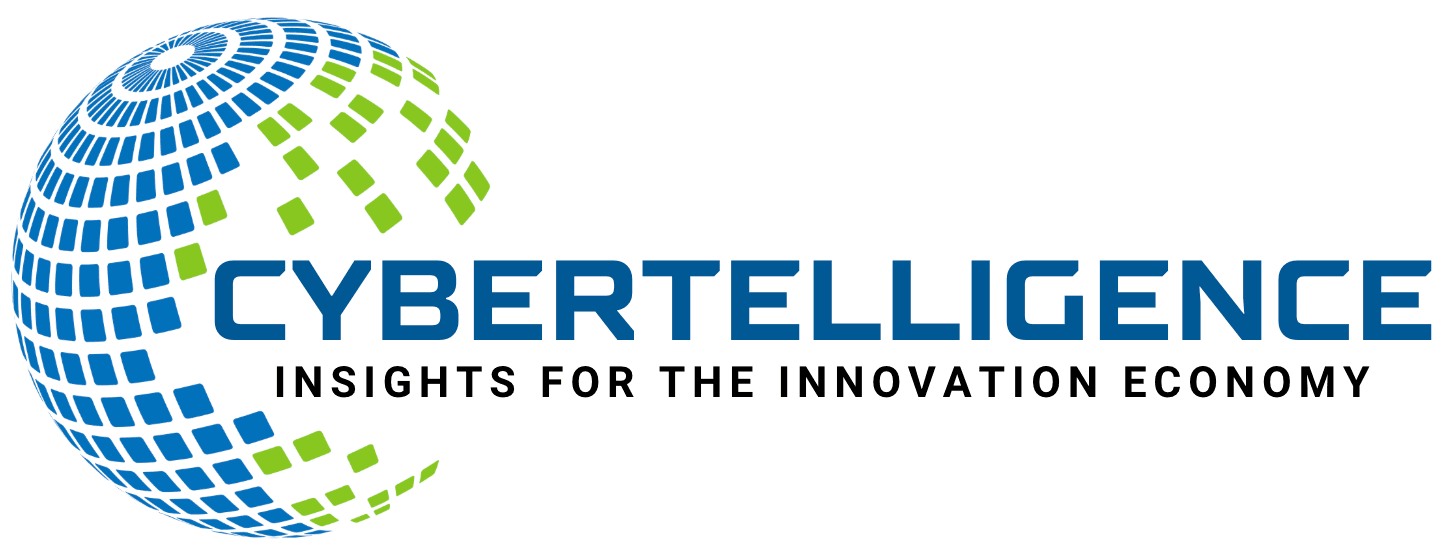Ethereum is more than just a cryptocurrency; it is a decentralized platform that enables developers to build and deploy applications using blockchain technology. Launched in 2015 by Vitalik Buterin and a team of co-founders, Ethereum introduced the concept of a programmable blockchain, allowing for the creation of smart contracts—self-executing contracts with the terms of the agreement directly written into code. This innovation has transformed the landscape of digital transactions and decentralized applications (DApps), making Ethereum one of the most significant players in the blockchain space.
As you delve deeper into Ethereum, you will discover that it operates on a unique consensus mechanism known as Proof of Stake (PoS), which was implemented with the Ethereum 2.0 upgrade. This shift from the energy-intensive Proof of Work (PoW) model aims to enhance scalability, security, and sustainability. By understanding these foundational elements, you can appreciate how Ethereum has evolved and continues to adapt to meet the demands of a rapidly changing technological environment.
Key Takeaways
- Ethereum is a decentralized platform that enables the creation of smart contracts and decentralized applications (DApps).
- Smart contracts on the Ethereum platform have the power to automate complex processes and eliminate the need for intermediaries.
- DApps built on Ethereum have the potential to revolutionize various industries and create new economic models.
- Ether, the native cryptocurrency of Ethereum, plays a crucial role in powering transactions and executing smart contracts on the platform.
- Ethereum has the potential to promote financial inclusion by providing access to financial services for the unbanked and underbanked populations.
The Power of Smart Contracts on the Ethereum Platform
Smart contracts are at the heart of Ethereum’s functionality, enabling automated and trustless transactions without the need for intermediaries. When you engage with a smart contract, you are essentially interacting with a piece of code that executes predefined actions when certain conditions are met.
The versatility of smart contracts allows them to be applied across various industries, from finance to real estate. For instance, in the financial sector, you can see how decentralized finance (DeFi) platforms leverage smart contracts to facilitate lending, borrowing, and trading without traditional banks. This democratization of financial services empowers individuals by providing access to tools that were previously limited to those with significant resources or connections.
Decentralized Applications (DApps) and Their Impact on Ethereum

Decentralized applications, or DApps, are software applications that run on a peer-to-peer network rather than being hosted on centralized servers. By utilizing Ethereum’s blockchain, DApps benefit from enhanced security, transparency, and resistance to censorship. As you explore the world of DApps, you’ll find a diverse array of applications ranging from games to social networks, all designed to operate without a central authority.
The impact of DApps on the Ethereum ecosystem is profound. They not only showcase the capabilities of smart contracts but also foster innovation by allowing developers to create unique solutions tailored to specific needs. For example, gaming DApps have introduced new economic models where players can earn cryptocurrency through gameplay, while social DApps enable users to control their data and monetize their content.
This shift towards decentralization is reshaping how you interact with technology and the internet.
The Role of Ether in the Ethereum Ecosystem
| Data/Metric | Description |
|---|---|
| Market Cap | The total market value of all Ether in circulation |
| Transaction Volume | The total value of Ether transactions on the Ethereum network |
| Gas Fees | The amount of Ether paid as fees for transactions and smart contract executions |
| Decentralized Finance (DeFi) Usage | The amount of Ether locked in DeFi protocols for lending, borrowing, and trading |
| Smart Contract Deployments | The number of new smart contracts deployed on the Ethereum network |
Ether (ETH) is the native cryptocurrency of the Ethereum platform and serves multiple purposes within its ecosystem. As you navigate through transactions on Ethereum, you’ll notice that Ether is used to pay for gas fees—transaction fees required to execute operations on the network. This mechanism ensures that miners or validators are compensated for their work in maintaining the blockchain, thereby incentivizing network security and efficiency.
Moreover, Ether plays a crucial role in facilitating decentralized finance (DeFi) applications. You can use ETH as collateral for loans, participate in yield farming, or trade on decentralized exchanges. The growing popularity of DeFi has led to an increased demand for Ether, further solidifying its position as a vital asset in the cryptocurrency market.
Understanding Ether’s multifaceted role will help you grasp its significance in driving Ethereum’s growth and adoption.
Unlocking the Potential of Ethereum for Financial Inclusion
One of the most promising aspects of Ethereum is its potential to promote financial inclusion on a global scale. Traditional banking systems often exclude individuals in underserved communities due to various barriers such as high fees, lack of access to banking infrastructure, or stringent identification requirements. However, with Ethereum’s decentralized nature, you can access financial services without needing a bank account or credit history.
By leveraging smart contracts and DApps built on Ethereum, you can participate in a wide range of financial activities—from microloans to insurance—without relying on traditional institutions. This democratization of finance empowers individuals to take control of their financial futures and fosters economic growth in regions that have been historically marginalized. As you explore this potential, consider how Ethereum could reshape not only individual lives but entire economies.
Ethereum’s Impact on Supply Chain Management and Logistics

The supply chain industry is ripe for disruption, and Ethereum is leading the charge with its innovative solutions. By utilizing blockchain technology, you can achieve greater transparency and traceability throughout the supply chain process. Each transaction or movement of goods can be recorded on the Ethereum blockchain, providing an immutable record that stakeholders can trust.
This level of transparency helps combat issues such as fraud and counterfeiting while improving efficiency by streamlining processes. For instance, if you’re involved in logistics, you can track shipments in real-time and verify their authenticity through smart contracts. This not only enhances operational efficiency but also builds trust among consumers who increasingly demand transparency regarding product origins and supply chain practices.
The Future of Identity Management with Ethereum
Identity management is another area where Ethereum holds significant promise. In an increasingly digital world, managing your identity securely and privately is paramount. Traditional identity systems often rely on centralized databases that are vulnerable to breaches and misuse.
However, with Ethereum’s decentralized identity solutions, you can take control of your personal information. By creating self-sovereign identities on the blockchain, you can manage your credentials without relying on third parties. This means that you can share only the necessary information with service providers while keeping sensitive data private.
As you consider the implications of this technology, think about how it could revolutionize sectors such as healthcare, finance, and travel by providing secure and efficient identity verification processes.
Harnessing Ethereum for Voting and Governance Systems
The potential for Ethereum to transform voting and governance systems is another exciting frontier. Traditional voting methods often face challenges such as fraud, lack of transparency, and low voter turnout. By utilizing blockchain technology, you can create secure and transparent voting systems that enhance trust in democratic processes.
Imagine participating in an election where your vote is recorded on the blockchain, ensuring its integrity and immutability. Smart contracts could automate vote counting and result verification, reducing human error and increasing efficiency. As you explore this application of Ethereum, consider how it could empower citizens by making governance more accessible and accountable.
The Environmental Impact of Ethereum and Potential Solutions
As you engage with Ethereum’s capabilities, it’s essential to acknowledge its environmental impact—particularly concerning energy consumption associated with mining activities under the Proof of Work model. Critics have raised concerns about the carbon footprint generated by mining operations, prompting discussions about sustainability within the blockchain community. In response to these concerns, Ethereum has made significant strides toward reducing its environmental impact through its transition to Proof of Stake (PoS).
This new consensus mechanism drastically lowers energy consumption by eliminating the need for energy-intensive mining processes. As you follow these developments, consider how this shift not only addresses environmental concerns but also positions Ethereum as a leader in sustainable blockchain practices.
Challenges and Opportunities in Scaling Ethereum
Despite its many advantages, Ethereum faces challenges related to scalability as user demand continues to grow. High transaction fees during peak times can deter users from engaging with DApps or conducting transactions on the network. However, these challenges also present opportunities for innovation as developers work on solutions such as layer-2 scaling solutions like Optimistic Rollups and zk-Rollups.
As you explore these scaling solutions, you’ll find that they aim to enhance transaction throughput while maintaining security and decentralization. By addressing scalability issues, Ethereum can accommodate a broader user base and facilitate more complex applications without compromising performance. This ongoing evolution will be crucial for Ethereum’s long-term success in an increasingly competitive landscape.
The Role of Regulation in Unlocking the Potential of Ethereum
Regulation plays a pivotal role in shaping the future of Ethereum and its ecosystem. As governments around the world grapple with how to approach cryptocurrencies and blockchain technology, clear regulatory frameworks can provide much-needed clarity for developers and investors alike. You may find that well-defined regulations can foster innovation while protecting consumers from potential risks associated with unregulated markets.
However, striking a balance between regulation and innovation is essential. Overly restrictive regulations could stifle creativity and hinder the growth of decentralized technologies that have the potential to revolutionize various industries. As you consider the future of Ethereum, think about how collaborative efforts between regulators and industry stakeholders could unlock new opportunities while ensuring a safe environment for all participants in the ecosystem.
In conclusion, your journey through understanding Ethereum reveals a multifaceted platform that extends far beyond cryptocurrency transactions. From smart contracts to decentralized applications and identity management solutions, Ethereum is poised to reshape industries while promoting financial inclusion and sustainability. As you continue to explore this dynamic landscape, consider how your engagement with Ethereum could contribute to its ongoing evolution and impact on society at large.
Ethereum, a leading platform for decentralized applications, continues to shape the future of blockchain technology. As the cryptocurrency landscape evolves, it’s essential to stay informed about related developments, such as those in the Bitcoin market. For insights into the future of Bitcoin, which often influences the broader crypto market including Ethereum, you can read a related article titled “Bitcoin Price Forecast: What the Experts Are Saying.” This article provides expert opinions and forecasts that could impact your understanding of Ethereum’s potential trajectory. Check it out com/2025/08/25/bitcoin-price-forecast-what-the-experts-are-saying/’>here.
FAQs
What is Ethereum?
Ethereum is a decentralized, open-source blockchain system that features smart contract functionality. It is the second-largest cryptocurrency platform by market capitalization, after Bitcoin.
What are smart contracts?
Smart contracts are self-executing contracts with the terms of the agreement between buyer and seller being directly written into lines of code. They automatically enforce and facilitate the negotiation or performance of a contract.
What is Ether (ETH)?
Ether is the cryptocurrency of the Ethereum network. It is used to compensate participants who perform computations and validate transactions on the network.
What is the purpose of Ethereum?
Ethereum aims to decentralize the internet by replacing servers with a worldwide system of nodes, creating a “world computer” where decentralized applications (dApps) can be built and run.
How is Ethereum different from Bitcoin?
While both are cryptocurrencies, Ethereum and Bitcoin have different purposes and capabilities. Ethereum’s blockchain is programmable, allowing for the creation of smart contracts and dApps, while Bitcoin’s blockchain is primarily used for peer-to-peer transactions.
How can I buy Ethereum?
Ethereum can be purchased on cryptocurrency exchanges using traditional fiat currency or other cryptocurrencies. It can also be acquired through mining or as a form of payment for goods and services.




